Lesson summary
Students will investigate how advances in scientific knowledge enable advances in technology and engineering by exploring case studies in the renewable energy sector. They will learn about innovative materials and technologies, analyse their impact on renewable energy sustainability and identify potential careers in the future energy sector. Students will have the opportunity to apply their understanding by proposing a renewable energy innovation they have researched to a local renewable energy project.
Learning intentions:
Students will...
- understand how technological advancements in materials and engineering have been driven by scientific discoveries and how these advancements contribute to more efficient solutions for mitigating climate change.
Success criteria:
Students can...
- explain how the development of new materials, such as advanced solar cells and wind turbine components, has improved the efficiency of renewable energy technologies
- analyse specific renewable energy case studies to identify the key scientific and technological advancements that have contributed to climate change solutions
- describe the role of science in driving innovation and how these innovations lead to potential careers in the energy sector
- design a proposal that applies the renewable energy innovation they have researched to a local renewable energy project.
Lesson guides and printables
Curriculum links
Select your curriculum from the options below.
Lesson details
Skills
This lesson is designed to build students’ competencies in the following skills:
- collaboration
- communication
- creative thinking
- critical thinking
- curiosity
- problem-solving
- reflection
Curriculum Mapping
Australian Curriculum (v9.0) content description: Year 10, Science
Students learn to:
- investigate how advances in technologies enable advances in science and how science has contributed to developments in technologies and engineering (AC9S9H02)
Relevant parts of Year 10 achievement standards: Students analyse the key factors that influence interactions between science and society.
NSW Syllabus outcomes:
- evaluates current and alternative energy use based on ethical and sustainability considerations (SC5-EGY-01)
General capabilities: Critical and Creative Thinking
Cross-curriculum priority: Sustainability
Level of teacher scaffolding: Medium: facilitate discussion, group work and research.
UN Sustainable Development Goals
UN SDG 12: Ensure sustainable consumption and production patterns
- Target 12.2: By 2030, achieve the sustainable management and efficient use of natural resources
Resources Required
- Device capable of displaying audiovisual material
- Student devices for online research
- Student Worksheet
- Project Planning Posters
Additional Info
This lesson has been developed in partnership with the Queensland Government through Queensland's Clean Energy Workforce Roadmap. Cool.org would like to acknowledge and express our gratitude to the Clean Energy Council for the expertise and advice provided in creating these resources.
Related Professional Learning
STEM Professional Learning Pathway
Quick summary: Enhance your practice with Cool.org's STEM Professional Learning Pathway. This year-long plan is designed to build your skills and capabilities in teaching STEM, ultimately transforming you into a STEM Innovator. The pathway will prepare you to integrate STEM education effectively, adapt to technological advancements and inspire students to succeed in a rapidly evolving world.
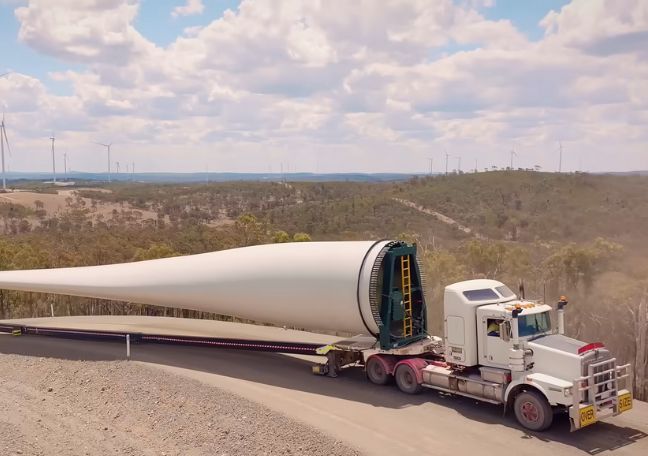
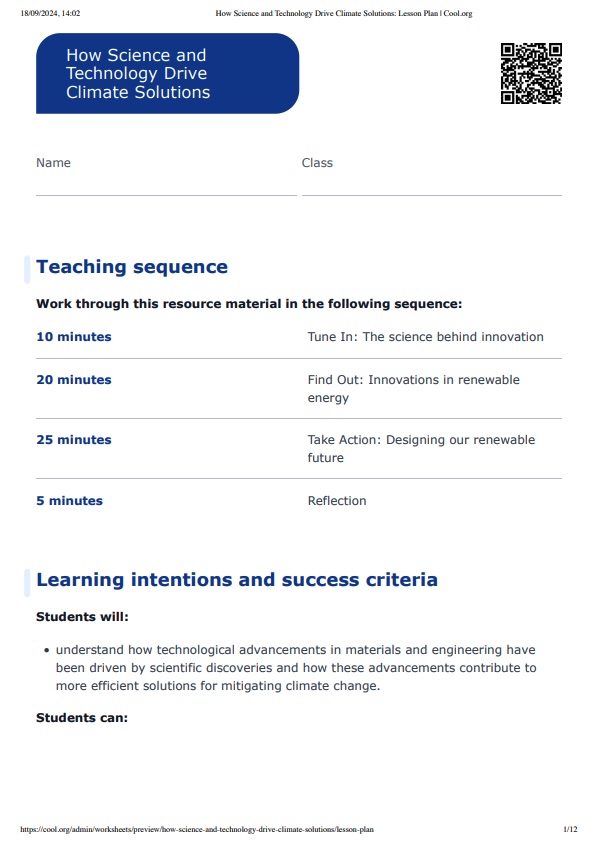
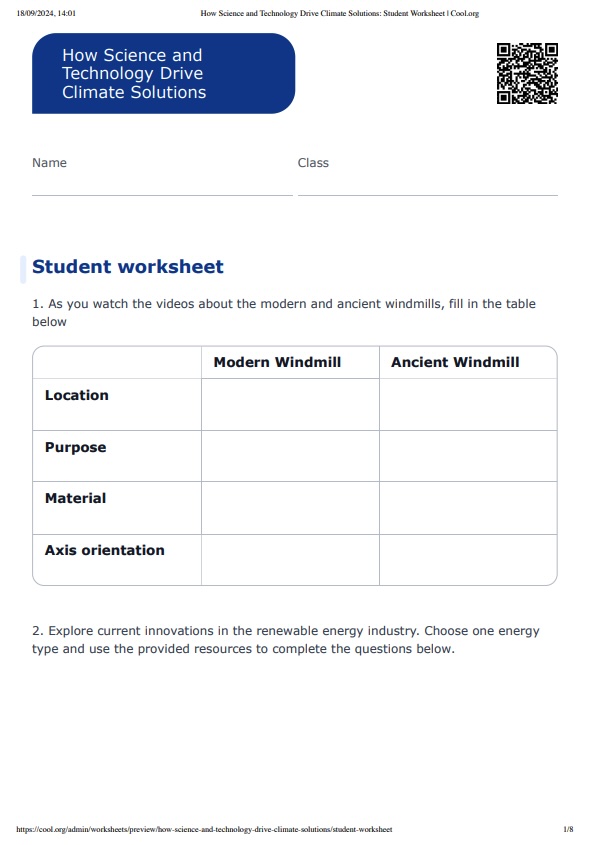
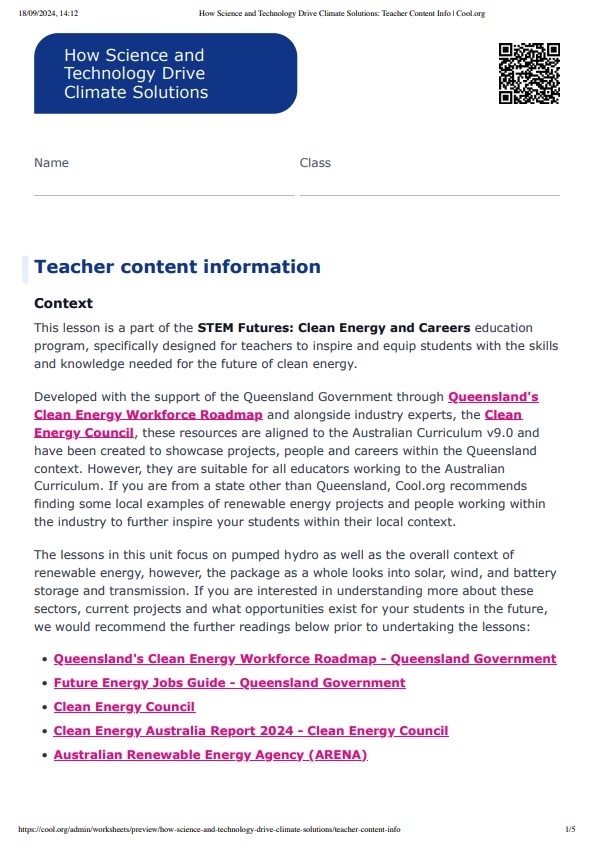
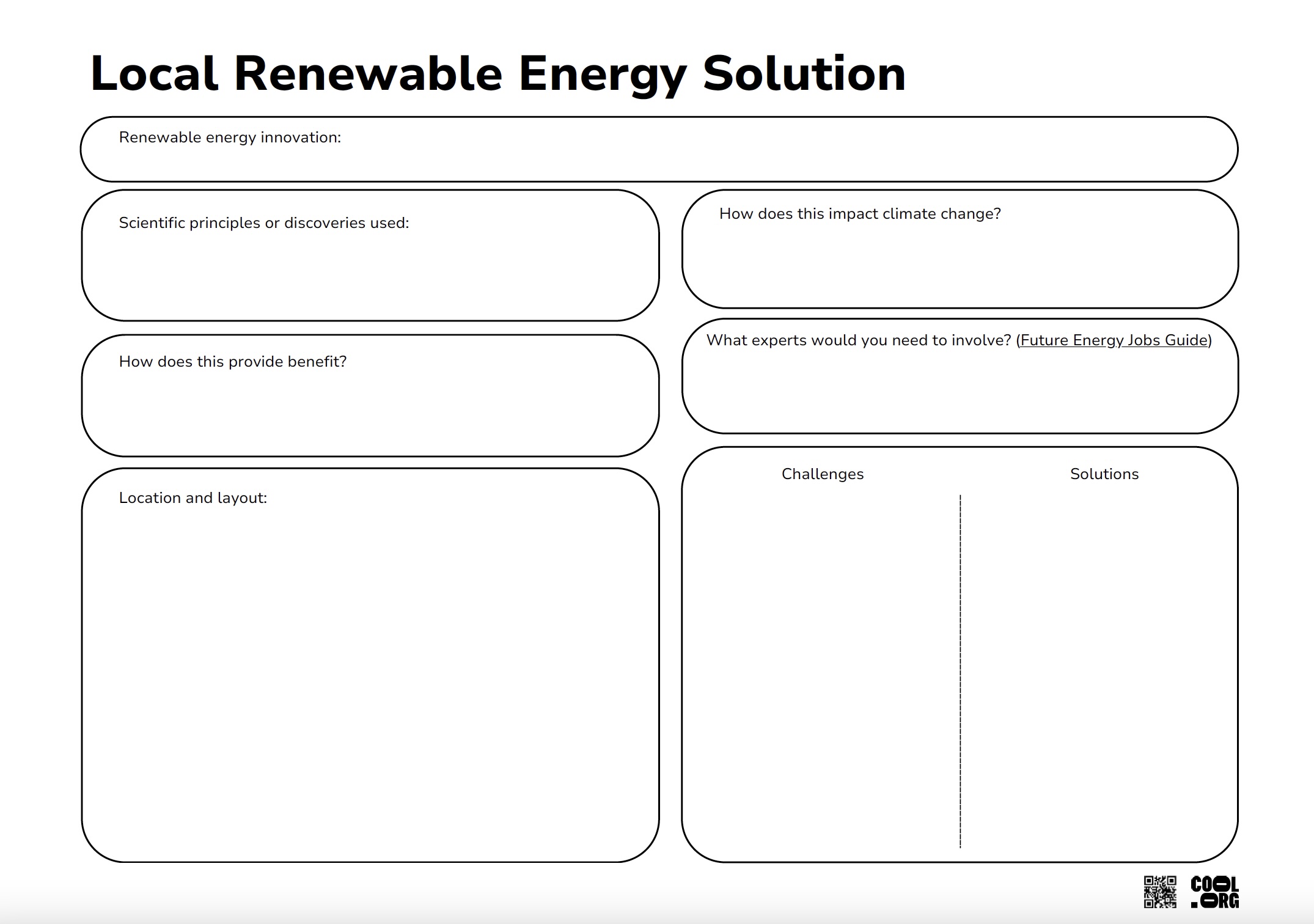
Welcome back!
Don't have an account yet?
Log in with:
Create your free Cool.org account.
Many of our resources are free, with an option to upgrade to Cool+ for premium content.
Already have an account?
Sign up with:
By signing up you accept Cool.org's Terms and Conditions(Opens in new tab) and Privacy Policy(Opens in new tab).